The first battle of Panipat was one of the historic decisive battles in India that resulted the rise of Mughals in India. It also became the sad end of Lodi dynasty (or, Lodhi dynasty) which ruled Delhi for 75 years. But that is not the all. The 1st battle of Panipat is also famous for adding a new dimension in Indian battlefields as well.
The first battle of Panipat was fought between Babur and Ibrahim Lodi, in 1526 CE. Before the great battle of Panipat, Babur in his early life, eventually failed to mark his victory in Afghanistan and Persia. He was infamous for losing so many battles. The afghan leader was desperate to prove his military and diplomatic excellence. He finally succeeded with support from Daulat Khan Lodi and the Rajputs.
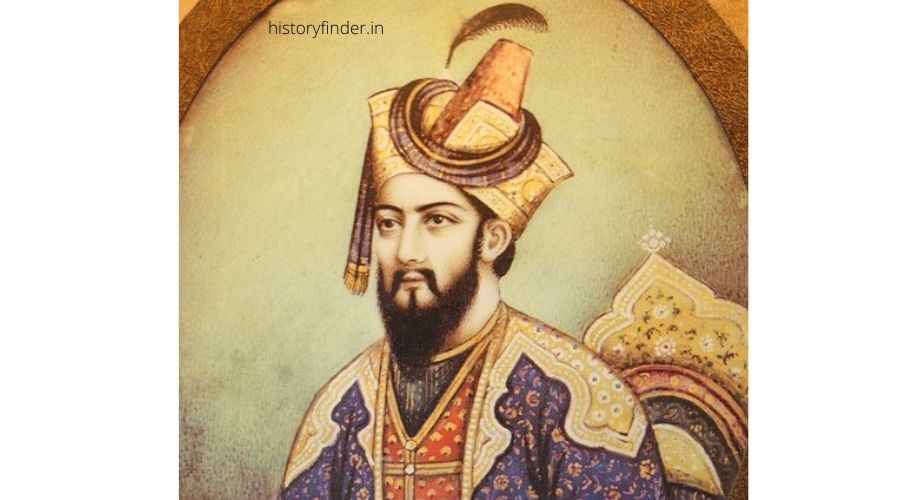
Reasons of the first Battle of Panipat
Sikandar Lodi, who was the son of Bahlul Khan Lodi, the founder of Lodi dynasty at Delhi Sultanate. He had expanded Delhi Sultanate up to Afghanistan border to the west. He had appointed Daulat Khan as the Governor of Lahore area. Daulat Khan Lodi was the son of Tatar Khan, who was the previous Nizam of Punjab.

But, during the rule of Ibrahim Lodi, the youngest son of Sikandar Lodi, things changed significantly. Daulat Khan and Ibrahim Lodi relation was not good for the latter’s suspicious nature. Ibrahim Lodi failed to establish and maintain diplomatic relationships with nearby states. Moreover, he tried to enforce his royal absolutism policy across his administration. For his aggressive nature, he probably had to face numerous rebellions.
However, Ibrahim Lodhi was able to safeguard the Lodhi dynasty and Delhi Sultanate for those protestors for almost a decade. He had all the qualities of being an excellent warrior. Almost all his life he had to fight against against the Afghans and the Mughals. But, it became worse when Ibrahim Lodhi and Daulat Khan Lodi relation deteriorated. Daulat Khan eventually invited Babur to invade North India to fight with his enemies; Ibrahim Lodi of the Delhi Sultanate and Rana Sanga of Mewar. It was the major reason for first war of Panipat.
Also read: Third Battle of Panipat: Reasons and Consequences
Consequences of the battle
Ibrahim lodi, the last ruler of Lodi dynasty and the Delhi Sultanate, ended with the 1st battle of Panipat. It was Babur who introduced gunpowder firearms and field artillery in Indian subcontinent. The high intensity artillery firing from Babur fully disarrayed the Lodi army. When Ibrahim Lodi tried to retreat with his army, was captured and beheaded. About 20,000 soldiers of Lodi army were killed in the battle. The tomb of Ibrahim Lodi is situated near the present day Tehsil office in Panipat.
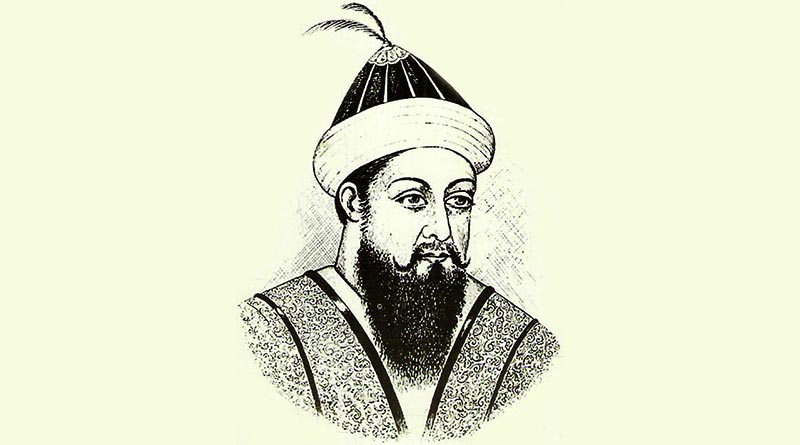
The death of Ibrahim Lodi ended up the Delhi Sultanate; which ruled north India for more than 300 years (1206 – 1526 CE). It eventually turned out to be a decisive battle to begin a new era in the history of India. The battle brought a huge territorial gain to Babur, almost entire north India came under his rule except Rajputana. He remained famous as the founder of Mughal dynasty in Mughal empire history.
The Mughal era which started here, ruled a very large part of India for more than 300 years. Mughal territory was mostly covering the Northern India during the initial Mughal rulers. But during the rule of Akbar, the Mughals captured entire north India including the present day Pakistan and Afghanistan. Further, during the rule of Shah Jahan and Aurangzeb, the Mughals had also captured most parts of southern India.
Baburnama or Tuzuk-i-Baburi
Babur, the first Mughal emperor of India, was an educated Timurid ruler. All the memoirs of him, reflect in Babur Autobiography, famous as Baburnama or Tuzuk-i-Baburi (or, Tuzk-i-Baburi). In his autobiography, Babur has mentioned about his early day struggles as a ruler, the 1st battle of Panipat and about India and it’s people, culture etc. The autobiography or, the personal memoir of Babur was actually writen in Turki. However, the Tuzuk-i-Baburi English translation is available online on Amazon India. Baburnama hindi edition is however, also available on Amazon India.
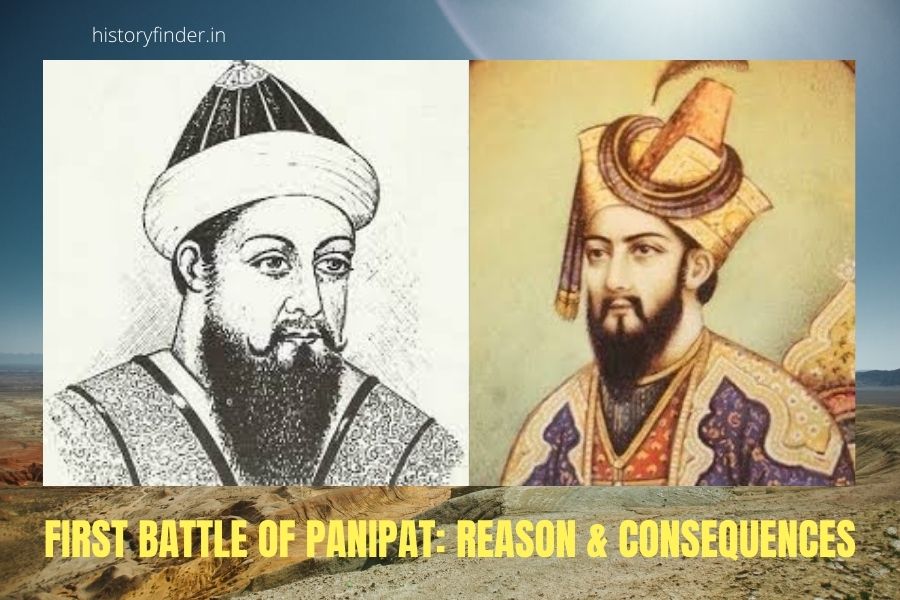

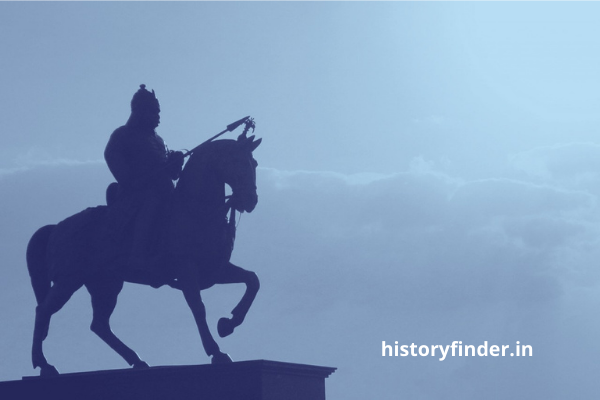
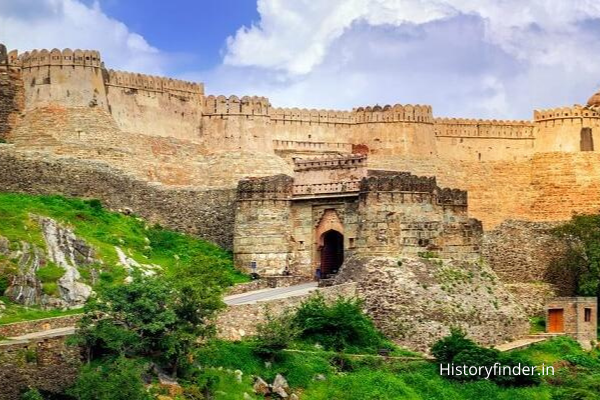
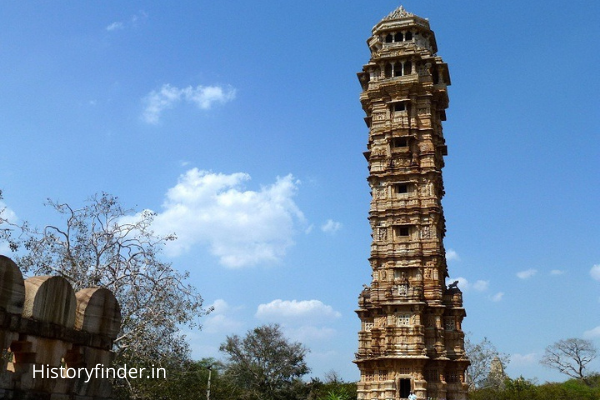
Pingback: Jalaluddin Akbar history and his military conquests - History Finder
Pingback: Chittor Fort history of siege and jauhars - History Finder
Pingback: Gwalior Fort history: from kachhawahas to Scindias - History Finder